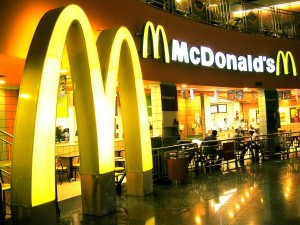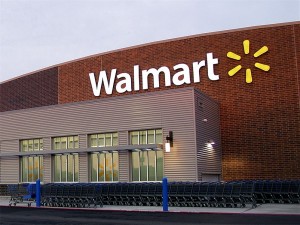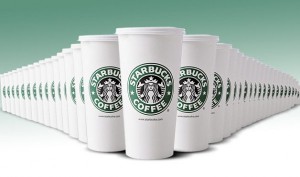12 Major Corporations Benefiting from the Prison Industrial Complex

By Rahiem Shabazz elementary genocide
Prison labor in the United States is referred to as insourcing. Under the Work Opportunity Tax Credit (WOTC), employers receive a tax credit of $2,400 for every work-release inmate they employ as a reward for hiring “risky target groups.”
The workers are not only cheap labor, but they are considered easier to control. They also tend to be African-American males. Companies are free to avoid providing benefits like health insurance or sick days. They also don’t need to worry about unions, demands for vacation time, raises or family issues.
According to the Left Business Observer, “the federal prison industry produces 100 percent of all military helmets, war supplies and other equipment. The workers supply 98 percent of the entire market for equipment assembly services; 93 percent of paints and paintbrushes; 92 percent of stove assembly; 46 percent of body armor; 36 percent of home appliances; 30 percent of headphones/microphones/speakers; and 21 percent of office furniture. Airplane parts, medical supplies and much more: prisoners are even raising seeing-eye dogs for blind people.”
With all of that productivity, the inmates make about 90 cents to $4 a day.
Here are some of the biggest corporations to use such practices, but there are hundreds more:

McDonald’s
McDonald’s uses inmates to produce frozen foods. Inmates process beef for patties. They may also process bread, milk and chicken products.

Wendy’s
Wendy’s has also been identified as relying on prison labor to reduce it’s cost of operations. Inmates also process beef for patties.

Wal-Mart
The company uses inmates for manufacturing purposes. The company “hires” inmates to clean products of UPC bar codes so that products can be resold.

Starbucks
The company uses inmates to cut costs as well. Starbucks subcontractor Signature Packaging Solutions hired Washington state prisoners to package holiday coffees.

Sprint
Inmates provide telecommunication services. Inmates are used in call centers.

Verizon
Inmates provide telecommunication services.

Victoria’s Secret
The company uses inmates to cut production costs. In South Carolina, female inmates were used to sew products. Also, inmates reportedly have been used to replace “made in” tags with “Made in USA” tags.

Fidelity Investments
401(K) or other investments are held by Fidelity, and, in some cases, some of your money invested by Fidelity is used for prison labor or in other operations related to the prison industrial complex. The investment firm funds the American Legislative Exchange Council (ALEC), which has created laws authorizing and increasing the use of inmates in manufacturing.

J.C Penney and Kmart
Kmart and J.C. Penney both sell jeans made by inmates in Tennessee prisons.

Airlines and Avis
American Airlines and the car rental company Avis use inmates to take reservations.
Repost from Elementary Genocide The School to Prison Pipeline
|















